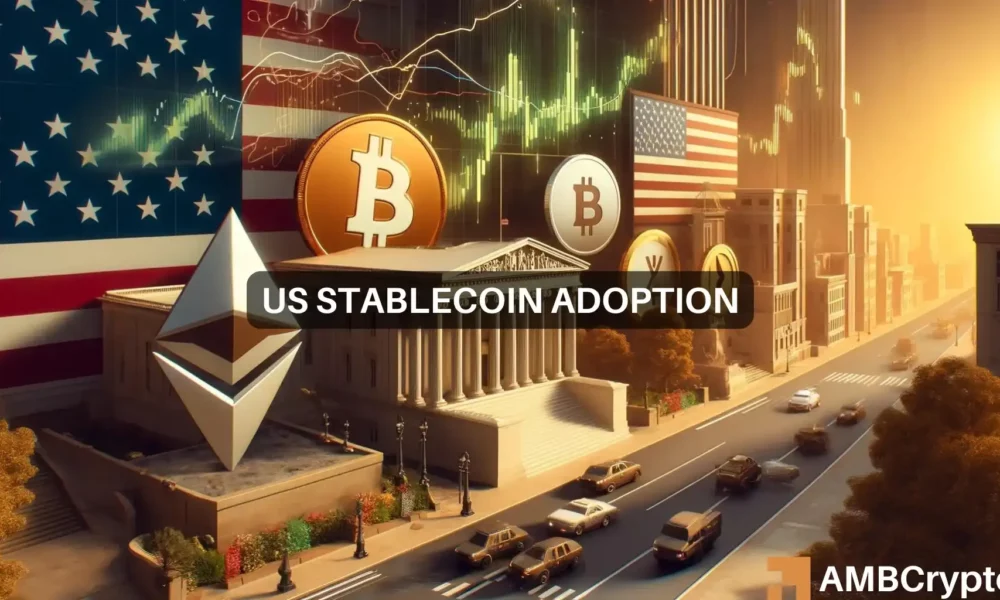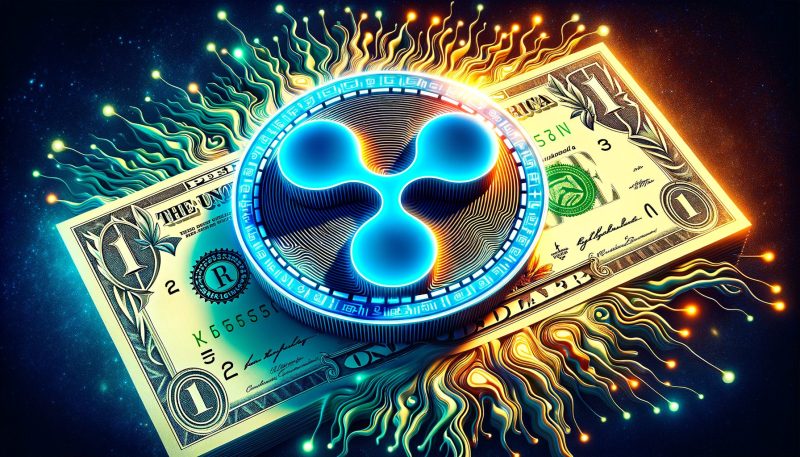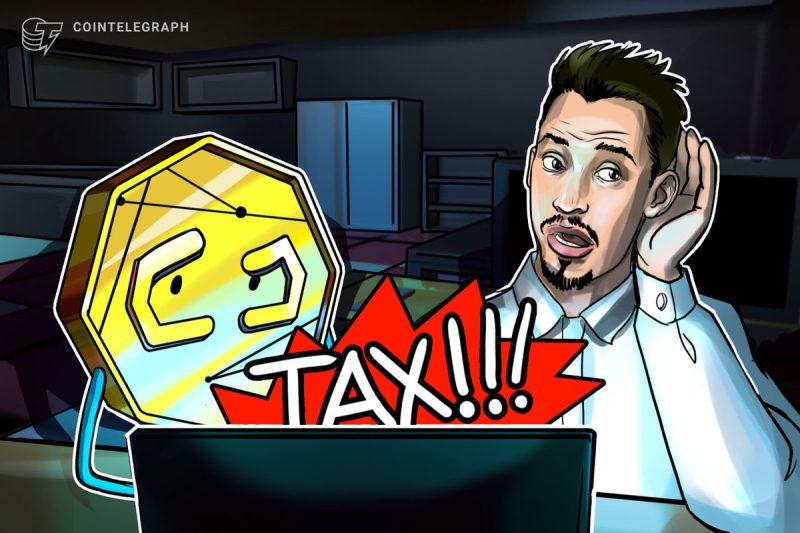[ad_1]
- Stablecoin adoption grows, however advanced US rules hinder progress.
- Tether’s affect raises considerations about US regulatory and taxation disparity.
The USA economic system has witnessed a sea change in sentiment relating to cryptocurrency. Beginning with the approval of spot Bitcoin [BTC] ETFs, adopted by the preliminary approval of Ethereum [ETH] ETFs, and now the crypto-influenced presidential election.
All these occasions spotlight the US’s softening method in direction of the trade. Amidst these dynamic modifications, one query arises: How will these shifts have an effect on stablecoins?
Within the current ‘Unchained’ podcast, former CFTC chief innovation officer Daniel Gorfine emphasised that U.S.-backed stablecoins supply a key alternative for the U.S. to strengthen its monetary dominance.
Nevertheless, he famous that the U.S. has been gradual to develop federal rules for stablecoins. He mentioned,
“There are various world jurisdictions which are shifting ahead with guidelines and requirements round stablecoins together with dollar-backed stablecoins and that may occur earlier than the US does something on the federal stage.”
Moreover, defying the dangers cryptocurrencies carry to the monetary system, Gorfine underlined that it’s Bitcoin that initiated discussions about new monetary infrastructures, together with stablecoins and CBDCs.
The necessity for stablecoins
In actual fact, since cryptocurrencies like Bitcoin are extremely unstable, it’s stablecoins that come to the rescue. Their worth stays secure as they’re pegged to fiat currencies just like the U.S. greenback, making them reliable digital property.
For sure, the rising adoption of those cash is clear as massive trade gamers like Stripe and PayPal have began accepting stablecoins, comparable to USDC, for mainstream fee features.
Including to the fray, Former CFTC chairman Chris Giancarlo in the identical dialog famous,
“I discover stablecoins to be probably an effective way to fulfill an unmet world demand for greenback publicity.”
These discussions emphasize stablecoins’ capability to shake up conventional funds and defend the US greenback’s world standing.
Nevertheless, if we take a look at the flip facet of the story, the advanced US regulatory panorama presents hurdles for stablecoin enlargement.
US’s regulatory framework in query
Thus, by proposing using the twin banking system mannequin, which entails each state and federal regulatory oversight, Gorfine added,
“This shouldn’t be as difficult as we’re making it…I believe we might create coherent oversight of secure coin issuers fairly readily.”
Whereas nations like Singapore effectively license US dollar-based stablecoin issuers, the US nonetheless struggles with establishing a coherent regulatory framework for its personal foreign money.
[ad_2]
Source link




